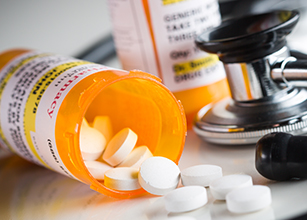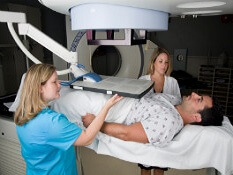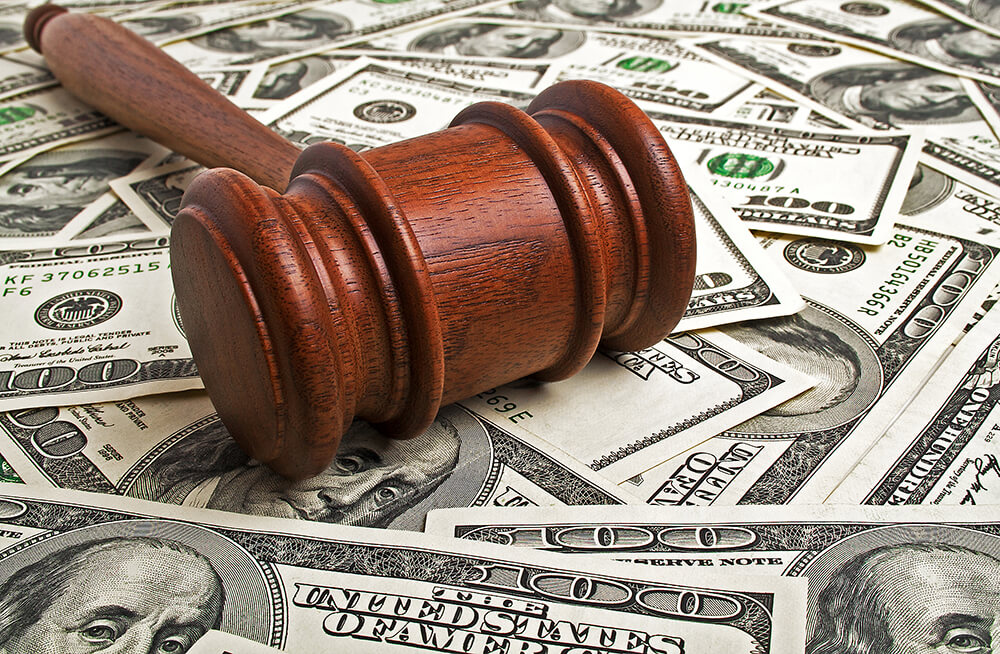According to the records, in 2001, First Databank and McKesson secretly agreed to raise the wholesale average cost and the average wholesale price on the drugs. First Databank is very important when it comes to determining the pricing for prescription drugs, and others will generally follow suit with where they list the drugs in terms of price. Within a year, approximately 95% of the prescription drug manufacturers were using these marked up prices and by 2004, 99% were using them. Another company that lists drug prices, Mediscan, used the same inflated prices in their own listings. This lasted until 2005.
The Results of the Scheme
The pharmacies that sole the drugs made more money when they would purchase the drugs based on the wholesale average cost and were reimbursed on the average wholesale price. McKesson used this scheme as a means to aid their larger and thus more valuable pharmacy clients. In addition to helping those other companies gain more of a profit by overcharging customers, their own retail pharmacy business profited.
First Databank and Mediscan will pay just $2.7 million from the settlement. McKesson is responsible for $350 million. In addition, the company set aside another $143 million as a means to help them deal with any other repercussions that they feared could come from federal, state, and local governments.
Even though McKesson agreed to pay the settlement, they deny there was any conspiracy or wrongdoing according to CEO John H. Hammergren. They claim they agreed to pay the settlement so they could stop the pricing claims against them that kept coming up, and so they could finish the court case that had dragged on for many years. This is despite internal emails from a McKesson employee to peers that talked about the amount of profit going up with the new adjusted wholesale price, as well as documents and a deposition that suggests McKesson actually played a very large role in the scheme.
One of the other damaging elements was that McKesson was the only company to take a survey from First Databank that they then used to determine their pricing structure for the drugs. McKesson knew that increasing the prices would help their pharmacy and boost their relationship with the pharmacies to which they distributed the drugs. The only ones that would not benefit would be the end consumer who needed the drugs for their medical conditions.
What Drugs Were Affected?
In addition to paying out the large settlement, the price of 1,442 drugs dropped by four percent thanks to a ruling in the federal courts. Many different types of medicines were a part of the list, and they covered a variety of different medical conditions from pain, high cholesterol, arthritis, allergies, and asthma – medications people truly need. Some of the drugs on this list include Lipitor, Claritin, Prozac, Nexium, Valtrex, Plavix, Neurontin, Allegra, Ambien, Wellbutrin, Prilosec, Zantac, Zyprexa, Celebrex, Imitrex, Risperdal, and Seroquel. The lowering of the prices of these and other drugs was significant for anyone who has to purchase them.
Some Unhappy With the Deal
Despite the fact that the price of these drugs dropped to what should have been their real price, some people – other than the larger pharmacies and McKesson – were unhappy with the settlement. Large pharmacies were not the only ones enjoying the greater profit. Smaller, local pharmacies were profiting as well, and they claimed that their margins would be too small. IPC, a group purchasing organization for independent pharmacies, also claimed that many of the independent pharmacies that were members of their group would not be able to handle the four percent reduction in price.
Still, those companies were making more money off patients and insurance companies than they would have been if the prices were fair from the beginning. The settlement and the reduction of prices is not a punishment to those companies. Rather, it is simply putting the prices back to where they should be for the consumer. In addition, those smaller pharmacies do not have to pay back the money they received from the inflated prices of those drugs for years.
Notwithstanding claims relating to this product, the drug/medical device remains approved by the U.S. FDA.





